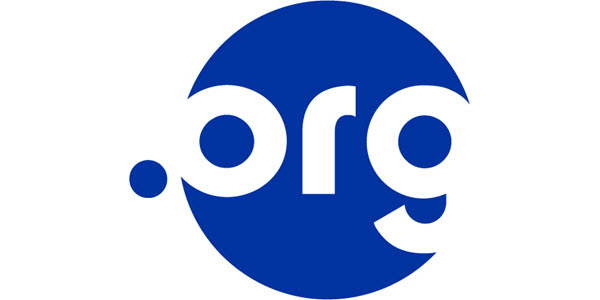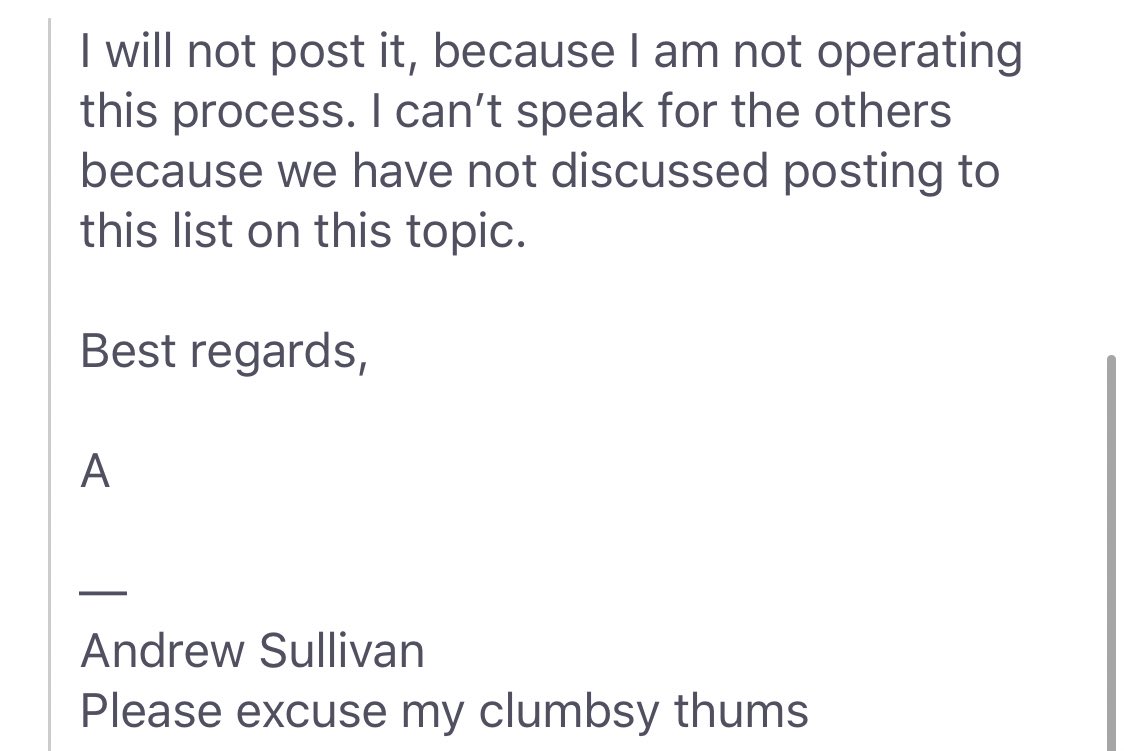ICANN pretends to care
Göran Marby, ICANN President & CEO and Maarten Botterman, ICANN Board Chair issued an update about .org yesterday saying that:
“According to the .ORG Registry Agreement and our processes for reviewing such requests, ICANN has 30 days to request additional information about the proposed transaction including information about the party acquiring control, its ultimate parent entity, and whether they meet the ICANN-adopted registry operator criteria (as well as financial resources, and operational and technical capabilities).”
“Today, we sent PIR an additional information request to ensure that we have a full understanding of this proposed acquisition. We have asked PIR to provide information related to the continuity of the operations of the .ORG registry, the nature of the proposed transaction, how the proposed new ownership structure would continue to adhere to the terms of our current agreement with PIR, and how they intend to act consistently with their promises to serve the .ORG community with more than 10 million domain name registrations.”
ICANN will evaluate the responses and then ICANN has 30 additional days to provide or withhold its consent to the request.
But we all know where this is headed. ICANN will eventually provide the approval for the .org registry sale.
ICANN created this .org mess by removing the price-caps and now they pretend to care what happens to the .org registry. Bullshit!
This is all a show. We all know ICANN don’t care about domain name registrants. They only care about their wallets.
Göran Marby, ICANN President & CEO and Maarten Botterman, ICANN Board Chair are two of the key people in the situation and all their current and future financial information must be thoroughly investigated.
ISOC and PIR have something to hide
On 14 November 2019, PIR formally notified ICANN of the proposed transaction. Under the .ORG Registry Agreement, PIR must obtain ICANN’s prior approval before any transaction that would result in a change of control of the registry operator. Typically, similar requests to ICANN are confidential but ICANN asked PIR for permission to publish the notification. PIR declined this request.
What do ISOC and PIR have to hide?
ICANN has sent a letter to both ISOC and PIR, asking them to be clear and open in all of their communications. ICANN has indicated its willingness to publish the request and related materials involved in ICANN’s review including the request for approval, the request for additional information, and PIR’s responses.
This is all a show but nevertheless it seems strange that ISOC and PIR declined to publish this notification.
Andrew Sullivan, ISOC President and CEO, denied posting this notification on the ISOC mailing list:
Quit fooling around
Now let’s quit fooling around with these corrupt people because this will lead to nothing substantial. Let’s sue ICANN for lifting the price-caps. This is what created this whole mess in the first place.
 OnlineDomain.com Domain Name News & Opinions
OnlineDomain.com Domain Name News & Opinions




ICANN is the core problem.
ICANN is no longer regulating. This past June, ICANN removed all pricing caps in .ORG (one of the oldest and most legacy TLD’s with more than 10 million registrants and market power.) ICANN did this without conducting an economic study, without considering market and competition issues, without analyzing PIR’s financials and operating margins and ratios, without looking at PIR’s declining cost to operate the registry, without consulting with industry stakeholders, and without seeking advice from competition authority as it has done in the past. ICANN did not do ANYTHING before removing price caps of 10% per year in the .org domain extension. ICANN simply decided it wants to be out of the pricing business – and did not consider any future implications of its decision or of consumers would be harmed in the future.
ICANN’s only justification was for contract uniformity.
ICANN ignored 3,200 public comments.
ICANN decided to move forward with only 6 public comments that were in favor of removing price caps (keep in mind 6 comments in favor had ties to the registries.)
ICANN’s public comment process is in place for a reason. To gather public input on important decisions and to make sure it makes sound decisions in the public interest and public trust.
But all industry stakeholders know the truth. The truth is that the ICANN public comment process is nothing more than a procedural “sham” that ICANN has in place to make if appear like the multistakeholder model is working as intended. ICANN did not even bother to take into consideration 98% opposition.
However, If ICANN took the public comment process seriously – and actually listened to all of the opposition and how consumers would be harmed by removal of all pricing caps – we would not be in this mess. Ethos Capital likely would not have acquired PIR.
And even if you buy Ethos Capital claims that lifting of price caps was not part of their decision making process – had ICANN kept the 10% price hikes per year, consumers would be protected. But now you have a new private equity company in charge (from past ICANN leadership) – who has a duty to its shareholders and has every incentive to increase prices – as this will not result in any change in demand on its captive base of registrants who have no alternatives.
ICANN failed to simply incorporate 10 words of text into the new contract for consumer protection which says something like the following:
“.ORG prices can not increase by more than 10% per year”
ICANN had an obligation to do so.
ICANN caused this entire mess. ICANN removed all pricing caps and a bunch of ICANN insiders capitalized on this opportunity. The opportunity to acquire a monopoly on the .org namespace and increase prices however it sees fit.
Fadi Chehade and Akram Atallah had communications with ICANN staffers in early 2019. Fadi and Akram – do you care to share what the nature of these communications were?
How do you know about Fadi and Akram communications?
This proposed transaction is so important that the process requires full transparency and disclosure.
So, why so much secrecy on the part of the principals?
If it is a simple acquisition, why not just release all the details so everyone can feel comfortable with what’s happening?
Likewise, if you intend to live within the spirit of historical price increases, why not put it down in a contract?
Based on the responses to date – or lack thereof – the broader community is justified in asking the question: why?